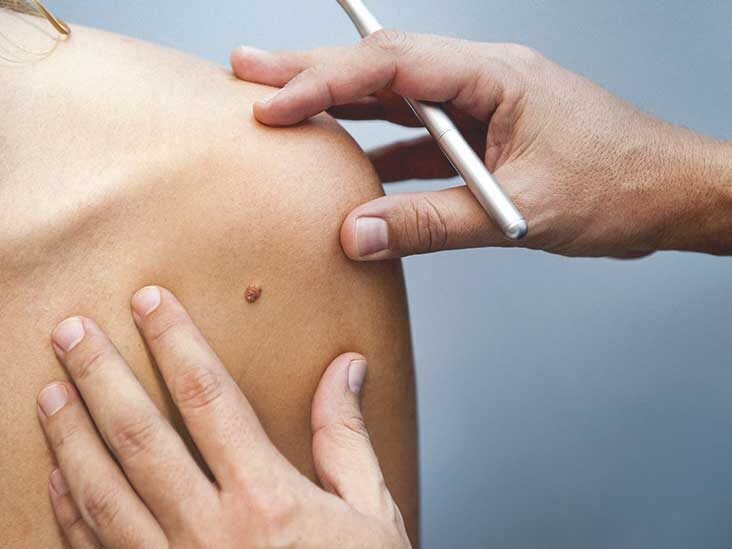Cozmoderm Clinic | Best Dermatology Clinic For Skin and Hair Care In Nagpur
Skin Tag Removal
Home / Skin Tag Removal

Skin Tag Removal
Skin Tags (Acrochordons)
Skin tags are small, noncancerous growths that form when the skin rubs against itself. They typically don’t require treatment. But if their appearance bothers you, you can undergo a skin tag removal procedure. It’s important to receive care from a health professional and not try to treat them yourself.
What are skin tags?
Skin tags (acrochordons) are small, noncancerous growths that tend to be the same color as your skin. They often look like a cluster of skin tissue extending out from a tiny stem. They’re sometimes darker and may resemble a raised mole. Most skin tags are between 1-5 mm, but some can grow as large as a few centimeters.
Are skin tags common?
Yes, acrochordons are common. Researchers estimate that half of all adults will have at least one skin tag in their lifetime.
How do skin tags affect my body?
Skin tags do not affect your health. But they can be unsightly. If they are in areas like your face and neck, they can make you self-conscious. A skin tag removal procedure from a healthcare provider can help.
What else is important for me to know?
On some occasions, a growth that looks like a skin tag may be something else, like a wart, skin disease or skin cancer. You should see a dermatologist or other experienced healthcare provider to get an accurate diagnosis.
What causes skin tags?
Acrochordons occur when the body produces extra cells in the skin’s top layers. They tend to form in skin folds and areas where natural movement causes the skin to rub against itself. Skin tags often grow in these areas:
- Armpits.
- Eyelids.
- Groin or thighs.
- Neck.
- Under the breasts.
- Genitals.
What are my chances of developing skin tags?
The likelihood of developing skin tags increases with age. You may also be at risk if you:
- Have a family history of skin tags.
- Live with health issues such as diabetes, obesity or skin disorders, like Birt-Hogg-Dubé syndrome.
- Experience high levels of growth factors, which can happen during pregnancy.
What are the symptoms of acrochordons?
Skin tags typically do not cause symptoms. In some cases, friction from a skin tag rubbing against your skin, clothes or jewelry can cause discomfort or bleeding.
How are skin tags diagnosed?
Healthcare providers diagnose skin tags after a brief evaluation. They will ask about your health history, paying careful attention to conditions that raise your risk for skin tags. A quick exam helps rule out growths that may look like skin tags.
What other conditions might look like skin tags?
These conditions include:
- Moles.
- Warts, including genital warts.
- Skin cancer.
- Skin diseases like seborrheic keratosis, which causes wart-like spots
Do acrochordons need treatment?
If you aren’t bothered by the way the skin tag looks and it doesn’t hurt, then your skin tag may not need treatment. In fact, most skin tags don’t need treatment. Some may fall off on their own.
When should I consider skin tag removal?
You may wish to talk to your healthcare provider about skin tag removal if:
- The skin tag becomes irritated or bleeds easily.
- Its appearance bothers you.
Are at-home skin tag removal products safe?
There are many over-the-counter skin tag removal products. But at-home treatments are not safe. They come with a higher risk of complications, which include:
- Scars.
- Excessive bleeding.
- Infection.
- Incomplete skin tag removal, which means it’s likely to come back.
- Incorrectly using a tag remover on something that is not a skin tag, such as skin cancer.
- Damage to healthy nearby skin.
